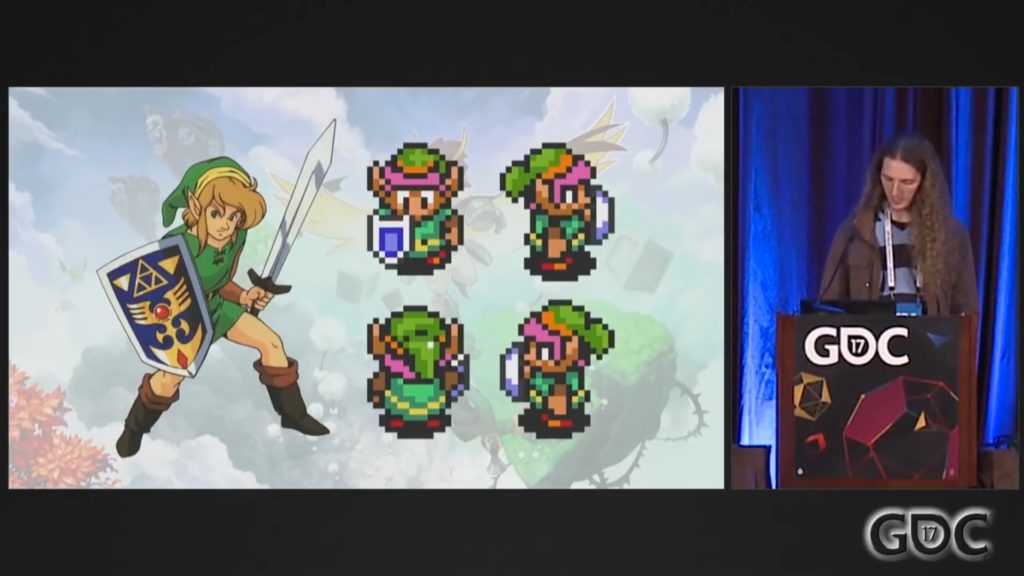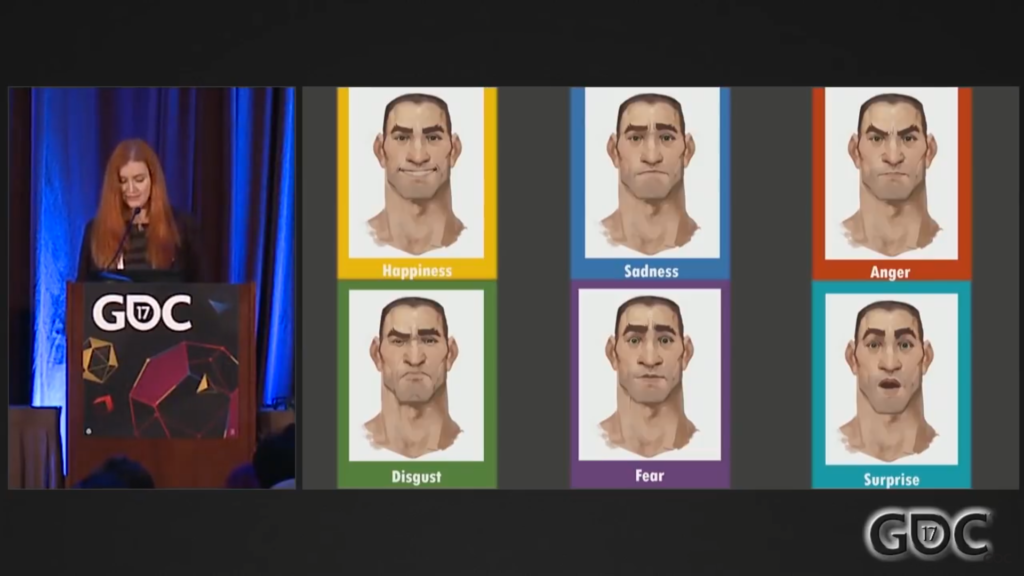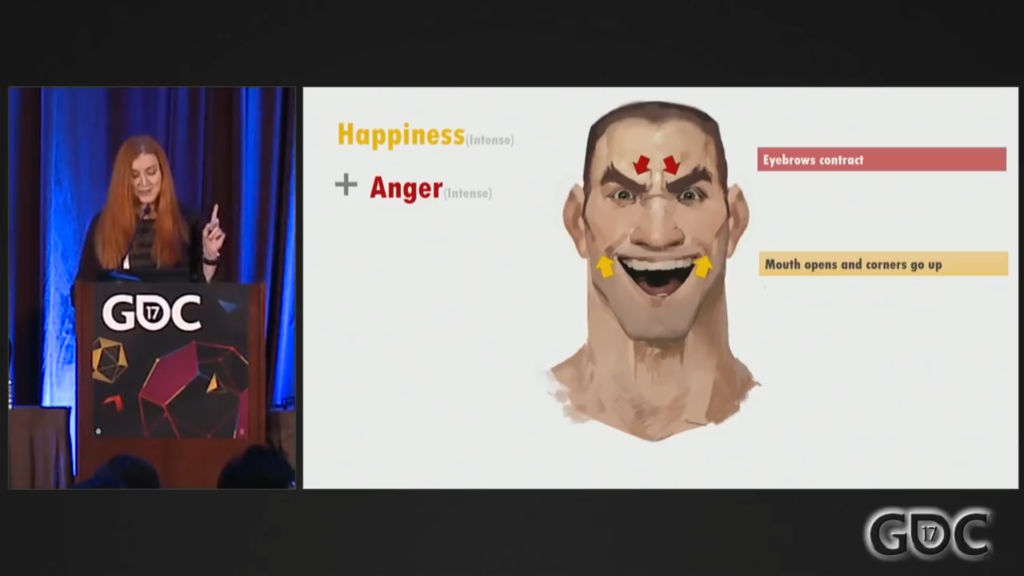How to create a game character: tips from Blizzard and Naughty Dog
Many games are associated primarily with their heroes. Through the character design, you can show the setting, visual and narrative of the entire product. How to do it right, experts from Blizzard, Naughty Dog and two other studios tell.

App2Top.ru I made a squeeze from the speeches of the speakers at the creative panel of GDC 2017. The video from this panel was published by the official GDC channel only at the end of this month.
So, creating characters is an important part of the game design of the whole game. There are a great many methods of working out character concepts, and the effectiveness of these techniques depends on the genre and style of the project.
There are also universal techniques — for example, the design of different variations of the appearance of the character on a flat background. This is one of the classic ways to introduce a character to a development team, investors, or audience.

But Naughty Dog character artist Richard Lyons believes that there are pitfalls here.
- Lyons once worked on costume design for a tough, strong character. One of the variations included glasses. When Lyons depicted this design on an empty background and showed it to a group of creative directors, they all rejected the glasses. According to them, this accessory was not suitable for a “strong guy”. Then Lyons realized his mistake: he showed the character without context, i.e. he could not explain why he needed these glasses.
Character design can serve different purposes. Some games are suitable for heroes, the whole essence of which is read at a glance. But there are projects like Uncharted 4 where the character’s motives can (and should remain!) not clear to the player until a certain plot twist.
In order to present the character convincingly in context, Lyons believes that the following is necessary:
- draw the whole story of the character frame by frame (it will turn out to be a kind of line-up);

- be sure to note what emotions the hero experiences at different points in his story;
- if you need to choose a costume and other attributes of a character, it is better to show it not on a white background, but in plot sketches. This way it will be easier to see how appropriate the character’s appearance is in different situations.
Without a doubt, the character should fit the atmosphere of the whole game. If the setting is black and gloomy noir, then a bright hero with a cartoon style will look strange. Its primary colors should echo the visual style of the game.
The final design of the character is also greatly influenced by perspective, says art director of D-Pad Studio Simon Stafsnes Anderson. We are talking about the technique of depicting an object (in this case, a character model) inside the game.
- For example, 2D models of the hero in retro games influence his later variations. A great example is the Link from The Legend of Zelda. His design in the game A Link to the Past focuses more on the head than on the torso. Therefore, we see the same thing on the concept art with the Link: the emphasis was placed on the head, hat, hair.

Costumes
Through the clothes and accessories of the hero, you can demonstrate the plot and narrative. This was stated by the art director of Campo Santo Claire Hummel (Claire Hummel). She managed to work at Xbox Game Studios and had a hand in games such as Fable Legends, Sunset Overdrive and BioShock Infinite.
According to her, the visual design of the hero combines his personality and beliefs, culture and occupation. He, as mentioned above, should suit the setting. Therefore, it is impossible to start working out the concept of a character without deciding on the visual tone of the game.
The game can be created with an emphasis on realism — or on artistic stylization. Be literal or full of metaphors. Joking or serious. It can represent different time periods, different societies. And since the characters do not exist in a vacuum, their costumes should reflect all this.

The concept artist needs to keep in mind:
- who wears a suit? What is his character, tastes? What is his physique? What is his current situation?
- why should the costume be like this? What is its purpose? Is it a uniform, formal suit or casual? Does it reflect the cultural and/or social background?
- what is the main visual element of the costume? The main color? What simple shapes can it be made of? What do its elements symbolize?

Faces
Also, when working out the concept, the character of the hero should always be taken into account. It is largely manifested in emotions. And what demonstrates the emotions of the character better, if not the face?
This was described in detail by Laurel Austin, the main artist at Blizzard. She drew marketing art for Diablo, World of Warcraft and other studio hits. And, in her opinion, a well-chosen emotion makes the character convincing and lively. So it’s better to put as much history in his face as possible.
In order for the emotions of the character to be expressive and understandable, the artist should study anatomy and keep a mirror nearby while working.
It is easiest to create complex facial expressions based on six basic emotions. These are: happiness, sadness, anger, disgust, fear and surprise.

- For example, an artist needs to create a concept of a happy character. It’s not enough just to put on a smile, as many people would suggest. Yes, it is necessary to spread the corners of the lips to the sides, but also to widen the nostrils, raise the lower eyelids. For a greater effect — a more readable happiness — you can raise your eyebrows and open your mouth.
- The same techniques work with sad faces: the corners of the lips are lowered down, the lower lip is pursed, the eyebrows are drawn together. If you draw a wrinkled forehead and add tears, then the sadness of the character will become even more noticeable. Poorly restrained anger and obvious anger are also very different when drawing facial expressions.
- But the most important and interesting thing is that basic emotions can mix. This is achieved through a combination of facial movements. This is more clearly shown in the art below.

To summarize. Together, the hero’s face and costume are the most important parts of his visual design. Experienced concept and character artists can present through the appearance of a character not only himself, but also the whole game. And besides, the character’s design allows both to reveal his place in history, and, conversely, to hide his true intentions. That is, it directly affects the narrative.